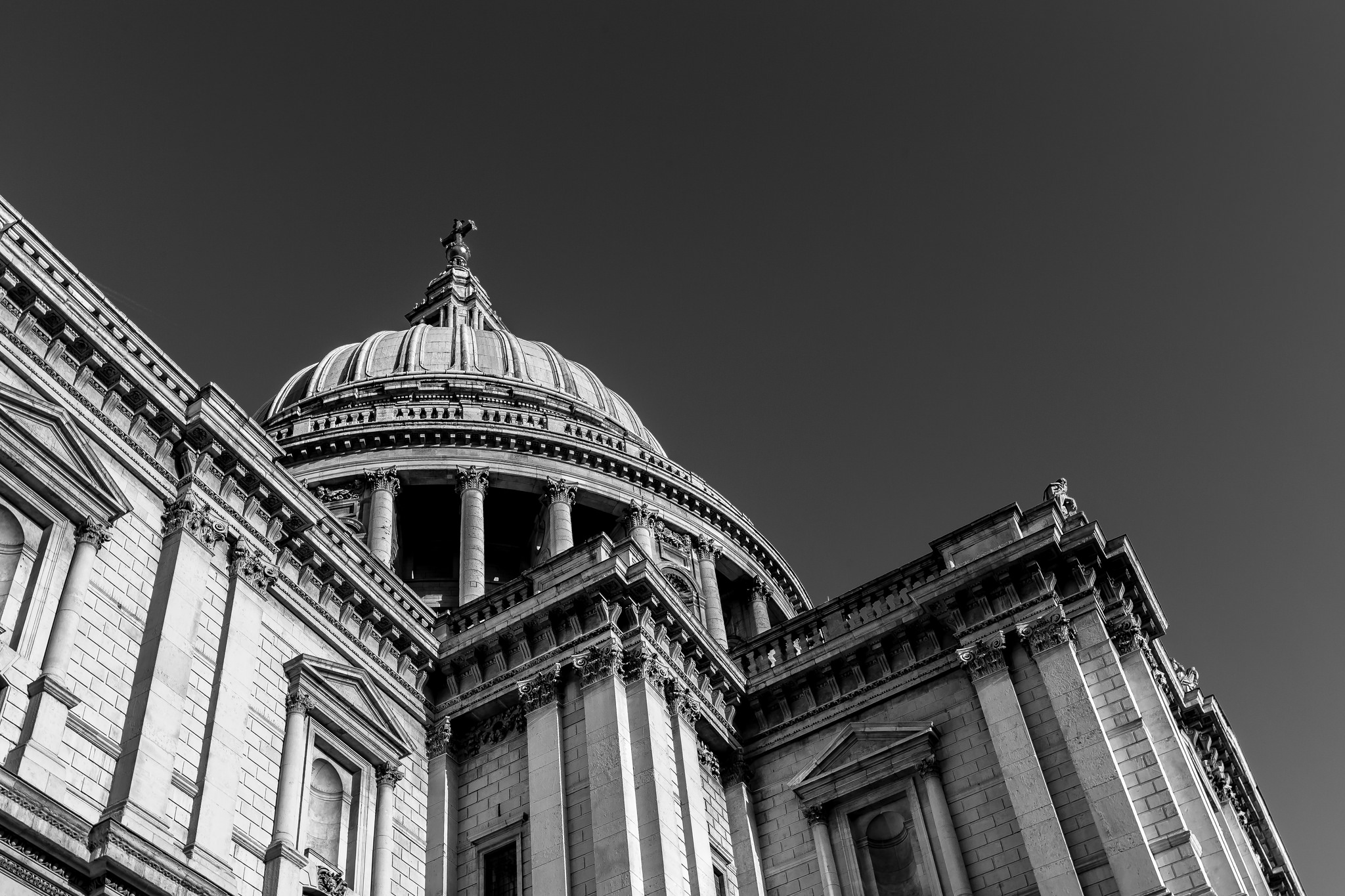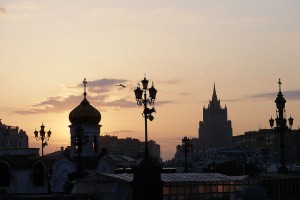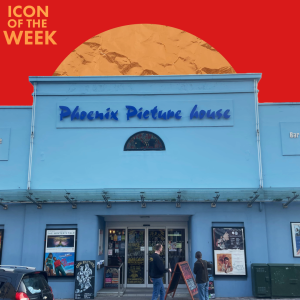
The City Within a City: Notes on the Square Mile
by James Waddell | October 30, 2015
There is something uniquely disconcerting about the void where a demolished building once stood. You try and pick out the spots in the air where people walked through doors, along corridors, or up and down flights of stairs. It is as unsettling as ancient hills are strangely comforting in their age, particularly when the building is near where you live. A landmark on your mental map of the landscape of home is erased. Fortunately, where I live, there aren’t very many residents to experience this unique disorientation – 11,000 to be precise. But there is constant regeneration. Almost monthly, huge edifices that had appeared blended with the topography dematerialize, leaving holes like gaps of missing teeth, only for new ones to spring up and take their place. Nowhere has Richard Montgomery’s mantra “All palaces are temporary palaces” seemed more apt. Which is strange, because where I live is administrated by one of the oldest systems of continuous government, certainly in the UK, and possibly in Europe – the City of London.
We don’t know exactly when the City was founded because there is no record of its birth. Amongst the first significant references to it in historical documents come in Magna Carta. Article Thirteen stipulates that: “The City of London shall enjoy all its ancient liberties and free customs, both by land and by water”. These “ancient liberties” had probably been formalized a few centuries earlier by William the Conqueror – on finding the City’s Roman fortifications difficult to crack, William struck a deal with the City of Londoners – in return for recognizing him as king, they would continue to enjoy financial and legal independence. Eventually, Henry III built a new capital to the west of the city, calling it Westminster. As time went by, this new London grew to engulf the City, forming the City within a city that exists today – separate city halls, housing separate mayors, raising separate taxes, to fund separate police forces, to enforce separate laws. This means that the City, theoretically, remains beyond the jurisdiction of Parliament. Indeed, it appoints a “remembrancer” to sit in the House of Commons – you can see him sitting just to the right of the Speaker’s chair. It is his job to bring to bear a budget of £5.3 million to “look after the City of London Corporation’s interests in Parliament”; and protect the “ancient liberties” of Magna Carta. Somewhat ironically, one of the most important “liberties” that the City has protected is the liberty from democracy. In local elections, companies based in the City are allocated 75% of votes. This makes the City one of the most advanced functioning partial plutocracies in the world.
This is more reasonable than it might initially sound – after all, the commuters who work for those companies outnumber residents forty-three to one. But it can sometimes feel like the hosts have become the guests. It doesn’t help that too many of the flats here lie pristinely empty, bought before they were built by their notional owners. They are figures on a spreadsheet, or estate agent’s marketing photos on a screen – assets. For the world’s busiest commercial centre, there is a curious loneliness to the City early on a Sunday morning, as gaggles of tourists bustle past office buildings, empty save for a few haggard interns who have probably only left for a handful of hours since Friday.
This brings us back to the castles in the sky, the empty spaces of the ghost buildings – and, more importantly, what replaces them. London was long a low-rise city; not for us were Manhattan’s brashly up-thrust tower blocks, like so many raised middle fingers. For most of the 20th Century, Britain’s tallest commercial building was in Liverpool. St Paul’s Cathedral effortlessly dominated the skyline, surviving the Blitz with supernatural fortuity as the City was razed to the ground all about it. It will never do so again – 24 buildings above 100 metres tall have been completed since 2000. Another seven are currently under construction. The City wears some of these buildings well – Tower 42 is understated and elegant, and the portly Gherkin is positively Churchillian. But many of them are grotesque parodies, bad architectural jokes with infantile nick-names brainstormed by PR teams to sugar-coat their vandalism.
In the neighbouring borough of Westminster, the council is mandated to resist almost all new tall buildings. Despite soaring rents, no new skyscrapers have been built there since the 1960s. But in the City, there are far fewer controls, and expensive and ostentatious architecture is prized. According to a study by Paul Cheshire and Gerard Dericks of the LSE commissioned by The Economist, firms hire controversial architects as a deliberate strategy to ensure they win planning permission. The study found that a well-known architect, on average, can get permission for 19 storeys more. The first we, the residents, hear of these buildings is usually when we walk by an advertising hoarding proclaiming a new “luxury development”, each misshapen glass leviathan more execrable than the last. The few who can afford to see the “Cheesegrater” or the “Walkie-Talkie” from the inside are a fraction of the tens of millions who have no choice but to see it from the outside.
The understated, tactful civility of low-rise London will never return, but maybe that’s no reason for nostalgia; the city’s dynamism derives from its constant evolution. The more troubling question, though, is a finer, more subtle one – not of what the City is, but of to whom it belongs. The self-determination that City of Londoners have enjoyed for thousands of years is ebbing away. Not, now, to a monarch, but to the sovereign wealth funds, investors, and companies who finance speculative building developments – projects that might be very well at home in Dubai or Shanghai. Despite the presence of treasured strongholds like the Barbican, and the underground resistance of the 600 listed buildings that form an undergrowth to the forest of glass, it can feel like they are succeeding where William the Conqueror failed.
Photo credit: Olly Scott




